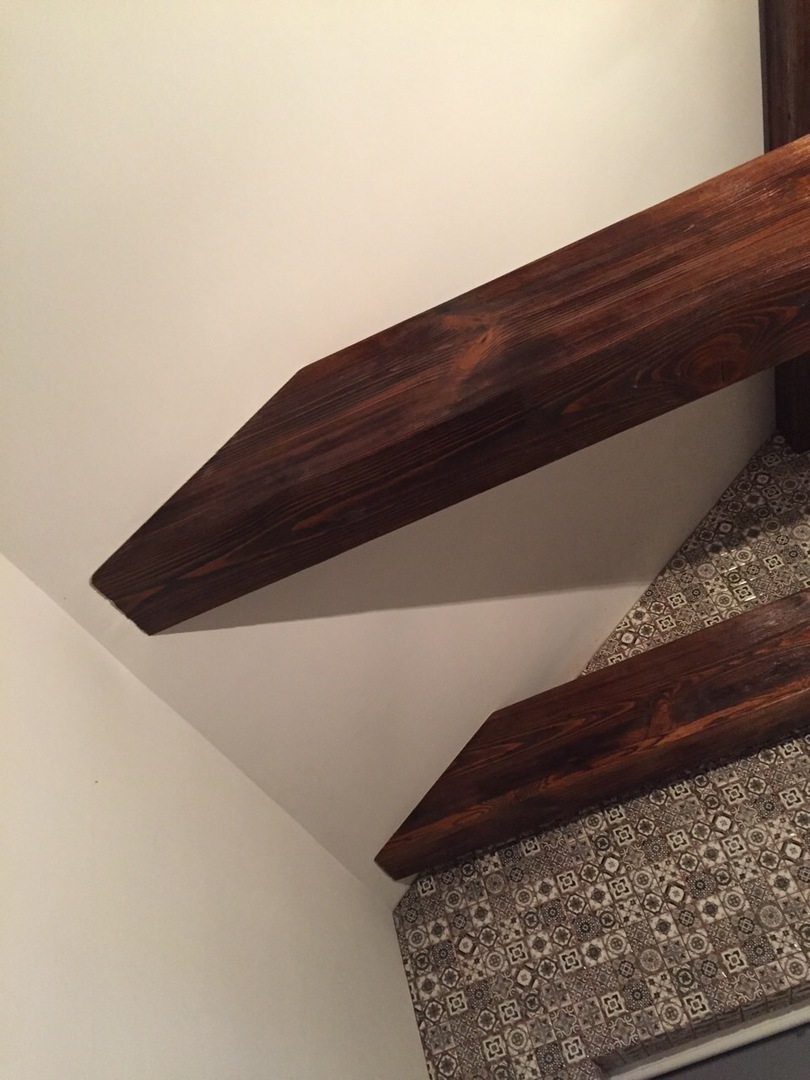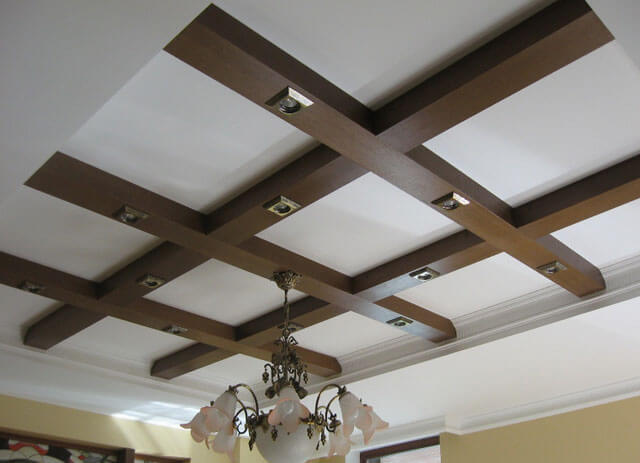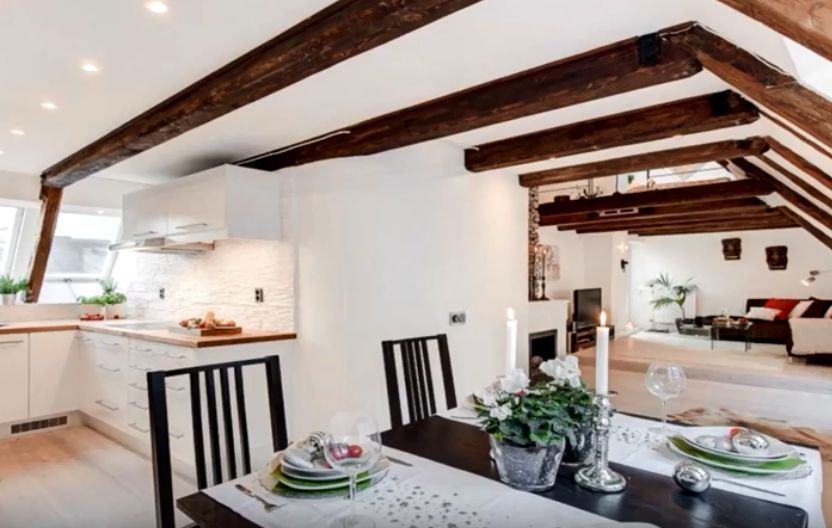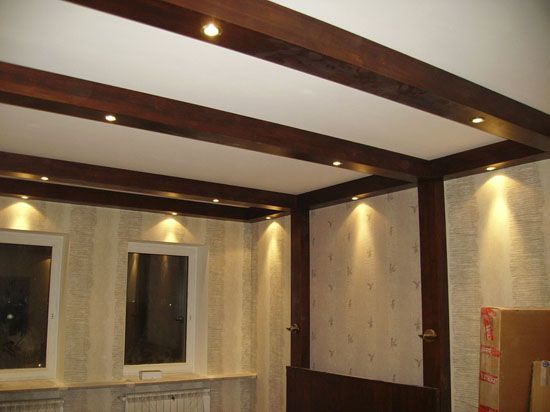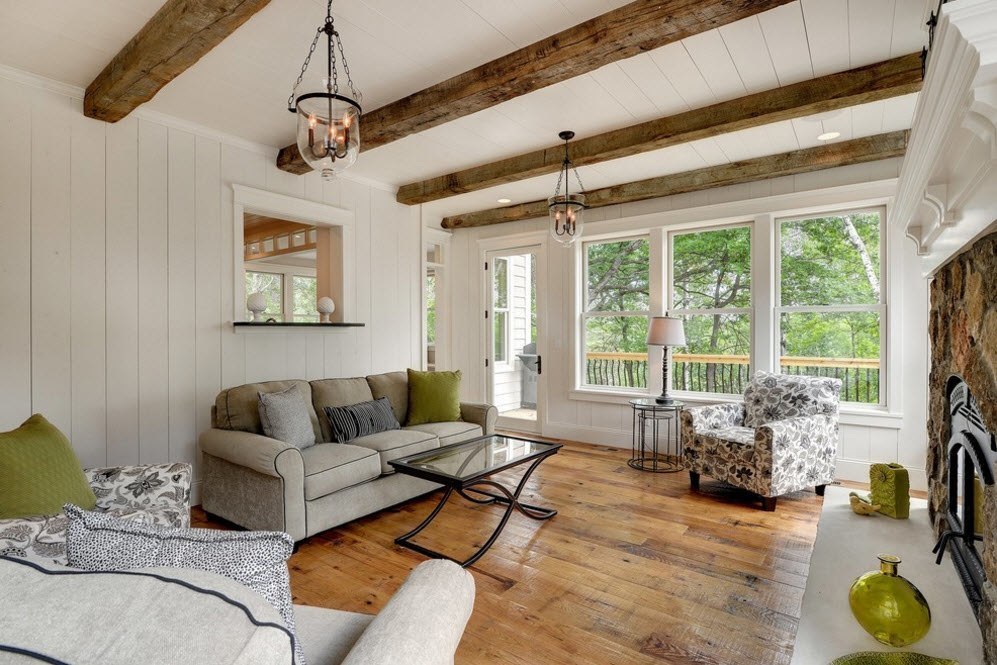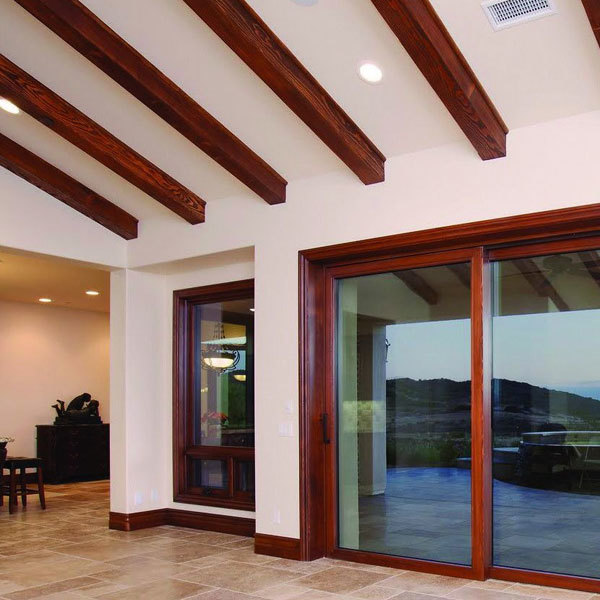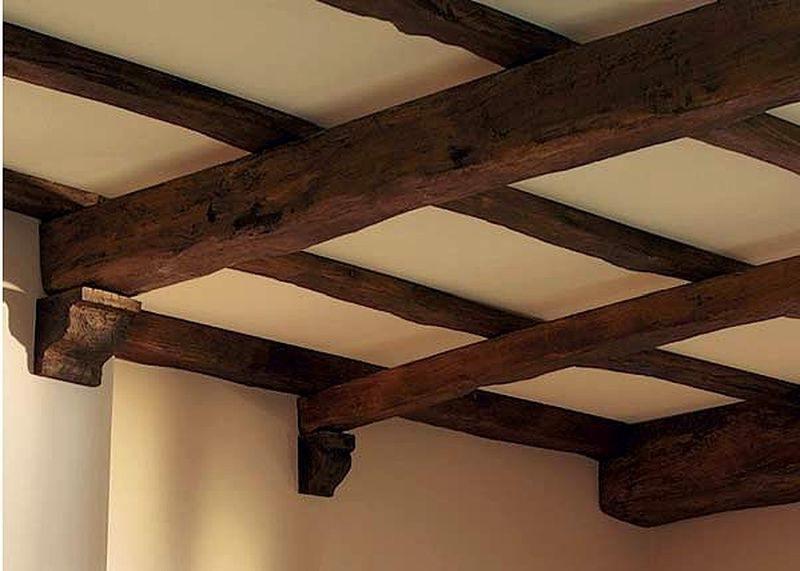Every year there are more and more options for creating the perfect visually premises. Of course, all this is for the most part made possible thanks to modern technology, as well as design ideas. However, we should not forget that there are some classic options that for several hundred years, are quite popular.
In this case, we talk about the creation of the beams. If only a few decades ago such a flat element carried directly to a functional role, but now are decorative beams that allow the harmonious view of the ceiling to give perfectly smooth and bright, with all points view.
There are many reasons why you should use decorative beams. However analyze a specific case. I'm sure many are familiar with this problem when, after the flood, or other problems occur, the so-called wave on the ceiling. Hide it really is not easy, and many are trying to use the services of professionals that manages to put it mildly, is not cheap.
The main feature of the use of such beams is masking various irregularities in the ceiling. Some people, in order to hide the flaws of the ceiling, often create multi-level ceilings, which is very expensive, as well as extremely complex in terms of execution. Beams, do not require special costs and procedure of their installation does not take much time.
How to get the job done
First of all, depending on your problem, you can use several options for placement of the ceiling element.
- Along the length. Thus, you will not only hide the shortcomings, but also to make the room itself much longer than from a visual standpoint. With regard to the material, the most commonly used drywall, because it is most easy to install, and the price it low.
- Cross overlap. This is another way of laying, which can hide almost any shortcomings. However, the beam must be positioned at a relatively short distance from each other.
- Cruciform. It is also a very effective way to hide the shortcomings of the basic ceiling.
To accomplish this, you need to use it is a standard tool types, such as rotary hammer, drill, pencil, level, hacksaw and a knife.
That's the simple way, you can visually conceal most of the ceiling deficiencies in virtually any room.
